Yiyan Li
A White-Box Deep-Learning Method for Electrical Energy System Modeling Based on Kolmogorov-Arnold Network
Sep 12, 2024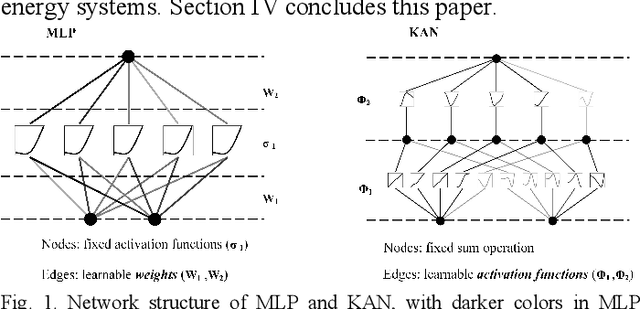
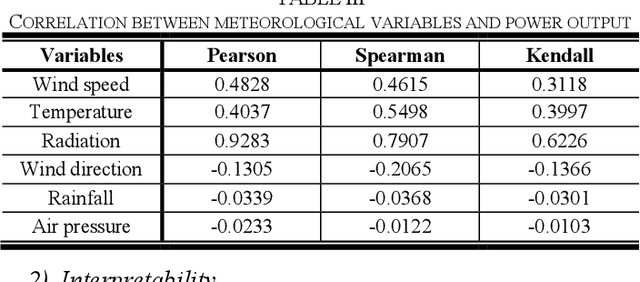
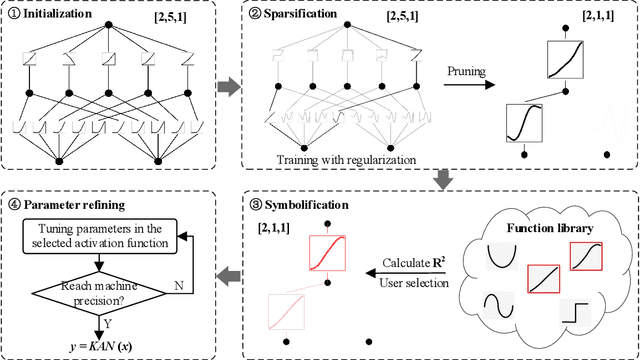
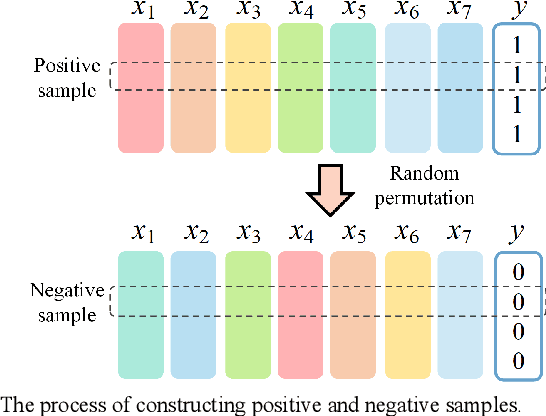
Abstract:Deep learning methods have been widely used as an end-to-end modeling strategy of electrical energy systems because of their conveniency and powerful pattern recognition capability. However, due to the "black-box" nature, deep learning methods have long been blamed for their poor interpretability when modeling a physical system. In this paper, we introduce a novel neural network structure, Kolmogorov-Arnold Network (KAN), to achieve "white-box" modeling for electrical energy systems to enhance the interpretability. The most distinct feature of KAN lies in the learnable activation function together with the sparse training and symbolification process. Consequently, KAN can express the physical process with concise and explicit mathematical formulas while remaining the nonlinear-fitting capability of deep neural networks. Simulation results based on three electrical energy systems demonstrate the effectiveness of KAN in the aspects of interpretability, accuracy, robustness and generalization ability.
Is Large Language Model Good at Database Knob Tuning? A Comprehensive Experimental Evaluation
Aug 05, 2024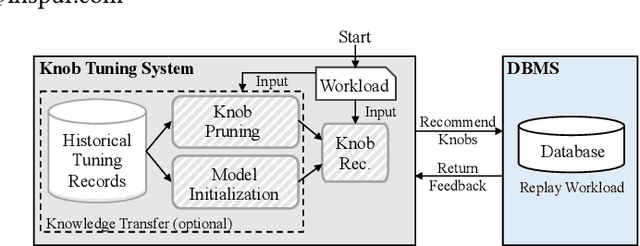

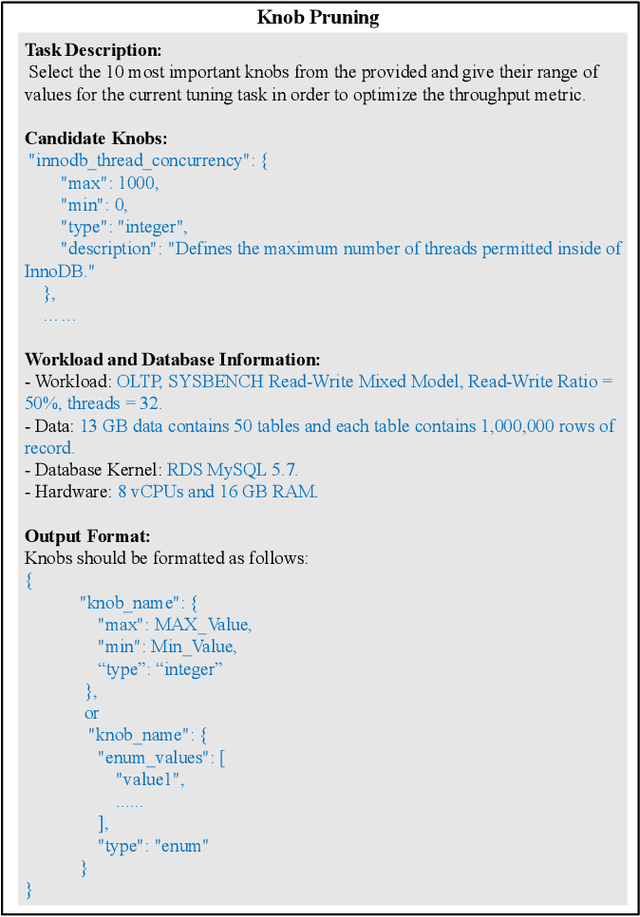
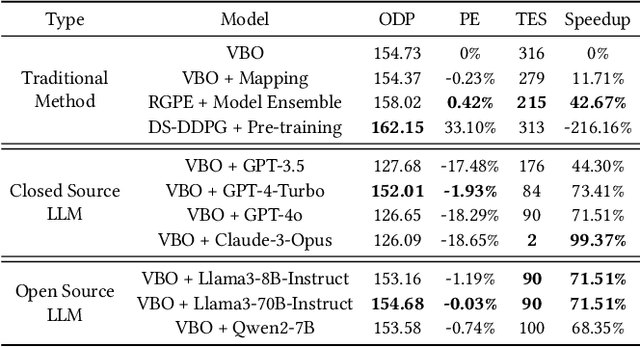
Abstract:Knob tuning plays a crucial role in optimizing databases by adjusting knobs to enhance database performance. However, traditional tuning methods often follow a Try-Collect-Adjust approach, proving inefficient and database-specific. Moreover, these methods are often opaque, making it challenging for DBAs to grasp the underlying decision-making process. The emergence of large language models (LLMs) like GPT-4 and Claude-3 has excelled in complex natural language tasks, yet their potential in database knob tuning remains largely unexplored. This study harnesses LLMs as experienced DBAs for knob-tuning tasks with carefully designed prompts. We identify three key subtasks in the tuning system: knob pruning, model initialization, and knob recommendation, proposing LLM-driven solutions to replace conventional methods for each subtask. We conduct extensive experiments to compare LLM-driven approaches against traditional methods across the subtasks to evaluate LLMs' efficacy in the knob tuning domain. Furthermore, we explore the adaptability of LLM-based solutions in diverse evaluation settings, encompassing new benchmarks, database engines, and hardware environments. Our findings reveal that LLMs not only match or surpass traditional methods but also exhibit notable interpretability by generating responses in a coherent ``chain-of-thought'' manner. We further observe that LLMs exhibit remarkable generalizability through simple adjustments in prompts, eliminating the necessity for additional training or extensive code modifications. Drawing insights from our experimental findings, we identify several opportunities for future research aimed at advancing the utilization of LLMs in the realm of database management.
A Neural-Network-Embedded Equivalent Circuit Model for Lithium-ion Battery State Estimation
Jul 24, 2024Abstract:Equivalent Circuit Model(ECM)has been widelyused in battery modeling and state estimation because of itssimplicity, stability and interpretability.However, ECM maygenerate large estimation errors in extreme working conditionssuch as freezing environmenttemperature andcomplexcharging/discharging behaviors,in whichscenariostheelectrochemical characteristics of the battery become extremelycomplex and nonlinear.In this paper,we propose a hybridbattery model by embeddingneural networks as 'virtualelectronic components' into the classical ECM to enhance themodel nonlinear-fitting ability and adaptability. First, thestructure of the proposed hybrid model is introduced, where theembedded neural networks are targeted to fit the residuals of theclassical ECM,Second, an iterative offline training strategy isdesigned to train the hybrid model by merging the battery statespace equation into the neural network loss function. Last, thebattery online state of charge (SOC)estimation is achieved basedon the proposed hybrid model to demonstrate its applicationvalue,Simulation results based on a real-world battery datasetshow that the proposed hybrid model can achieve 29%-64%error reduction for $OC estimation under different operatingconditions at varying environment temperatures.
Unsupervised and Interpretable Synthesizing for Electrical Time Series Based on Information Maximizing Generative Adversarial Nets
Jul 18, 2024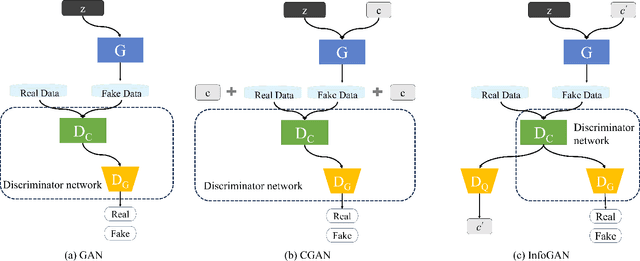
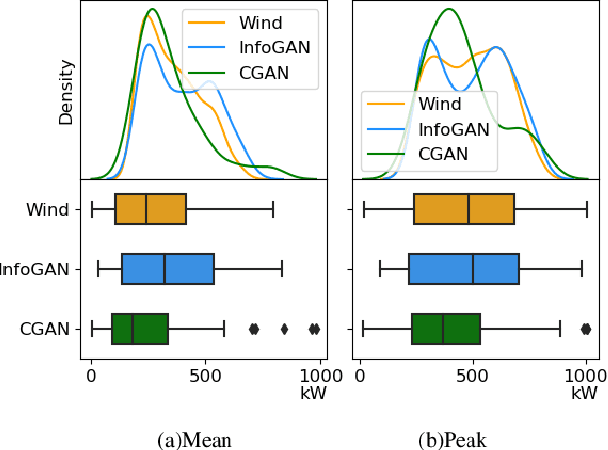
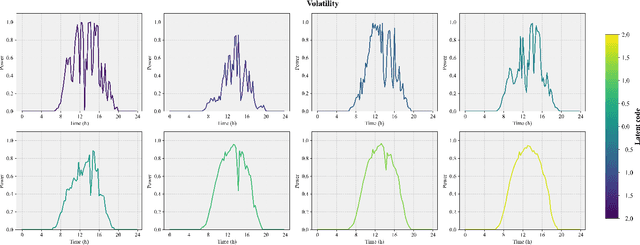
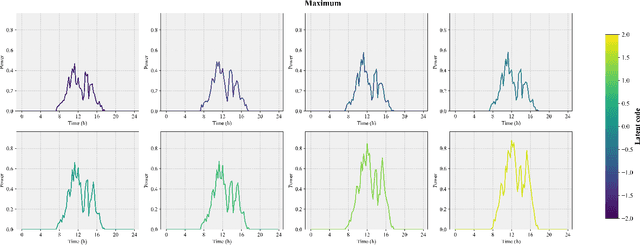
Abstract:Generating synthetic data has become a popular alternative solution to deal with the difficulties in accessing and sharing field measurement data in power systems. However, to make the generation results controllable, existing methods (e.g. Conditional Generative Adversarial Nets, cGAN) require labeled dataset to train the model, which is demanding in practice because many field measurement data lacks descriptive labels. In this paper, we introduce the Information Maximizing Generative Adversarial Nets (infoGAN) to achieve interpretable feature extraction and controllable synthetic data generation based on the unlabeled electrical time series dataset. Features with clear physical meanings can be automatically extracted by maximizing the mutual information between the input latent code and the classifier output of infoGAN. Then the extracted features are used to control the generation results similar to a vanilla cGAN framework. Case study is based on the time series datasets of power load and renewable energy output. Results demonstrate that infoGAN can extract both discrete and continuous features with clear physical meanings, as well as generating realistic synthetic time series that satisfy given features.
LLMTune: Accelerate Database Knob Tuning with Large Language Models
Apr 17, 2024



Abstract:Database knob tuning is a critical challenge in the database community, aiming to optimize knob values to enhance database performance for specific workloads. DBMS often feature hundreds of tunable knobs, posing a significant challenge for DBAs to recommend optimal configurations. Consequently, many machine learning-based tuning methods have been developed to automate this process. Despite the introduction of various optimizers, practical applications have unveiled a new problem: they typically require numerous workload runs to achieve satisfactory performance, a process that is both time-consuming and resource-intensive. This inefficiency largely stems from the optimal configuration often being substantially different from the default setting, necessitating multiple iterations during tuning. Recognizing this, we argue that an effective starting point could significantly reduce redundant exploration in less efficient areas, thereby potentially speeding up the tuning process for the optimizers. Based on this assumption, we introduce LLMTune, a large language model-based configuration generator designed to produce an initial, high-quality configuration for new workloads. These generated configurations can then serve as starting points for various base optimizers, accelerating their tuning processes. To obtain training data for LLMTune's supervised fine-tuning, we have devised a new automatic data generation framework capable of efficiently creating a large number of <workload, configuration> pairs. We have conducted thorough experiments to evaluate LLMTune's effectiveness with different workloads, such as TPC-H and JOB. In comparison to leading methods, LLMTune demonstrates a quicker ability to identify superior configurations. For instance, with the challenging TPC-H workload, our LLMTune achieves a significant 15.6x speed-up ratio in finding the best-performing configurations.
Load Profile Inpainting for Missing Load Data Restoration and Baseline Estimation
Nov 29, 2022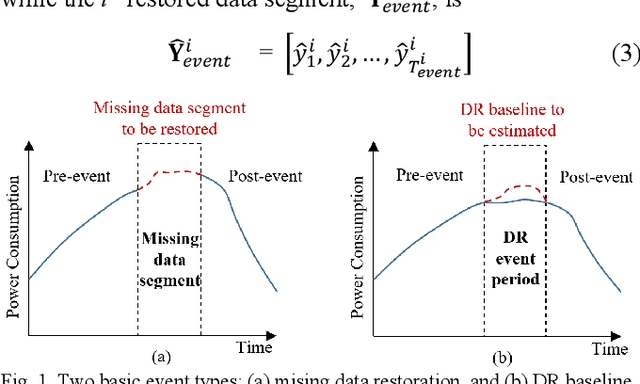
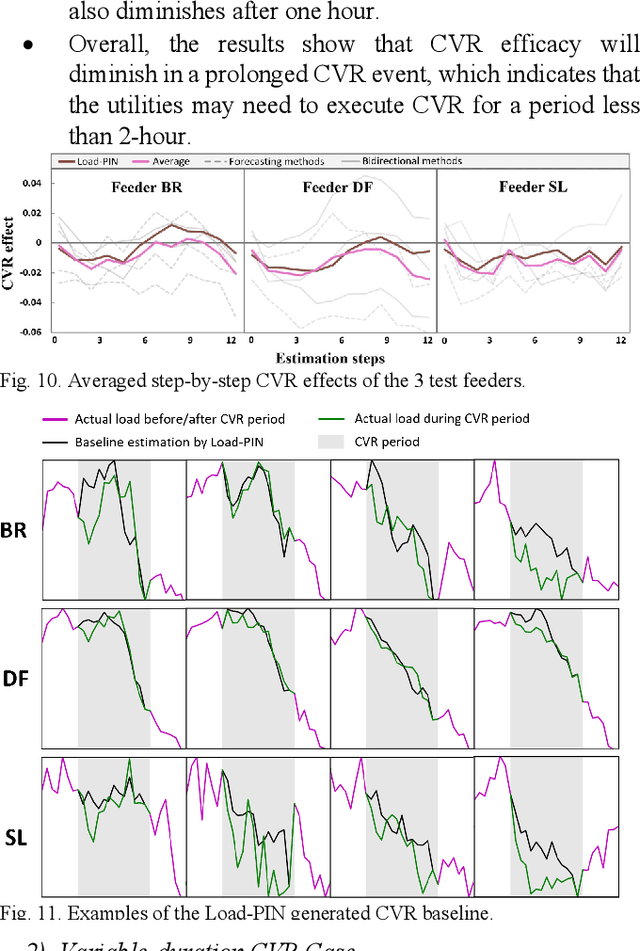
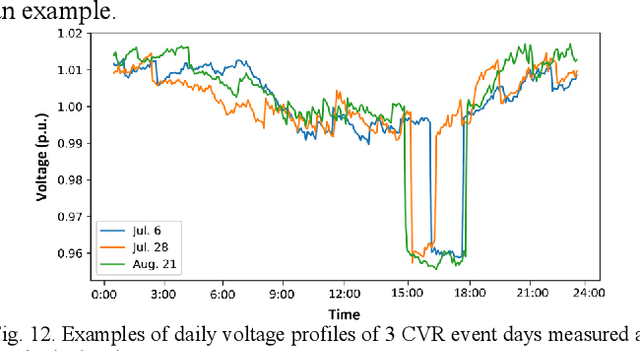
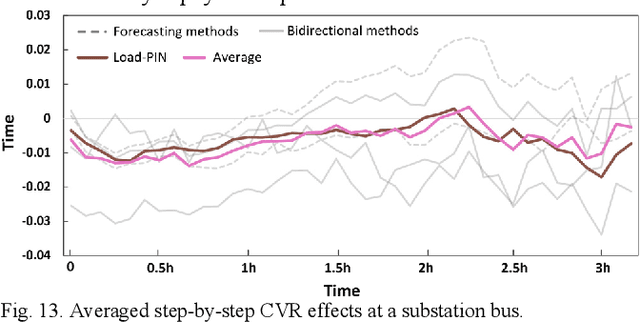
Abstract:This paper introduces a Generative Adversarial Nets (GAN) based, Load Profile Inpainting Network (Load-PIN) for restoring missing load data segments and estimating the baseline for a demand response event. The inputs are time series load data before and after the inpainting period together with explanatory variables (e.g., weather data). We propose a Generator structure consisting of a coarse network and a fine-tuning network. The coarse network provides an initial estimation of the data segment in the inpainting period. The fine-tuning network consists of self-attention blocks and gated convolution layers for adjusting the initial estimations. Loss functions are specially designed for the fine-tuning and the discriminator networks to enhance both the point-to-point accuracy and realisticness of the results. We test the Load-PIN on three real-world data sets for two applications: patching missing data and deriving baselines of conservation voltage reduction (CVR) events. We benchmark the performance of Load-PIN with five existing deep-learning methods. Our simulation results show that, compared with the state-of-the-art methods, Load-PIN can handle varying-length missing data events and achieve 15-30% accuracy improvement.
MultiLoad-GAN: A GAN-Based Synthetic Load Group Generation Method Considering Spatial-Temporal Correlations
Oct 03, 2022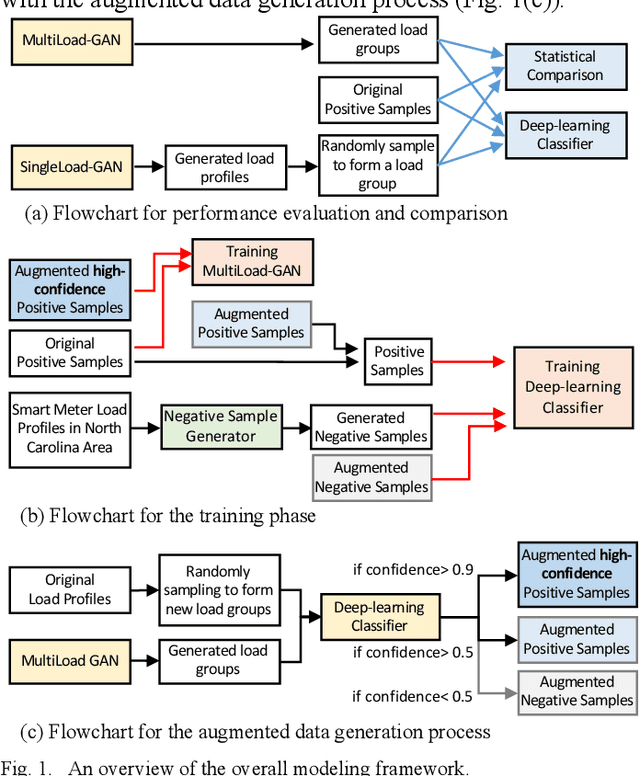
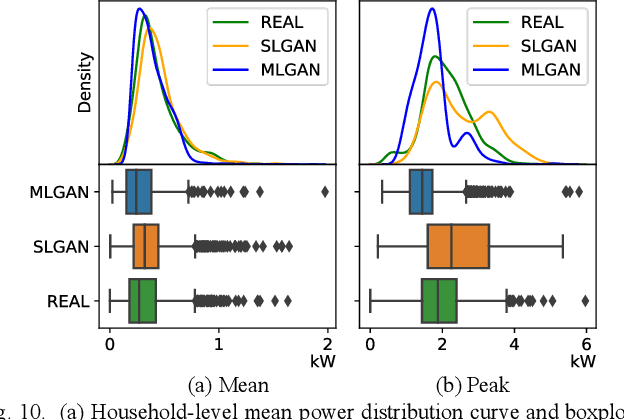
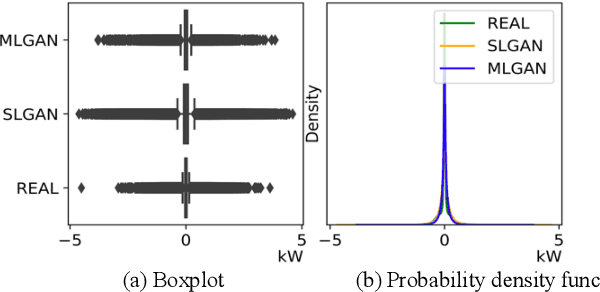
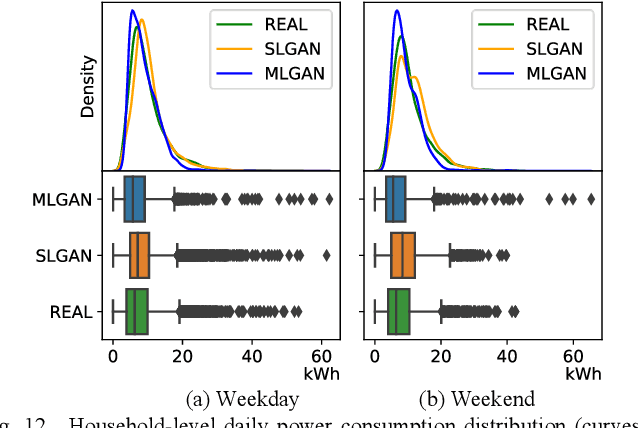
Abstract:This paper presents a deep-learning framework, Multi-load Generative Adversarial Network (MultiLoad-GAN), for generating a group of load profiles in one shot. The main contribution of MultiLoad-GAN is the capture of spatial-temporal correlations among a group of loads to enable the generation of realistic synthetic load profiles in large quantity for meeting the emerging need in distribution system planning. The novelty and uniqueness of the MultiLoad-GAN framework are three-fold. First, it generates a group of load profiles bearing realistic spatial-temporal correlations in one shot. Second, two complementary metrics for evaluating realisticness of generated load profiles are developed: statistics metrics based on domain knowledge and a deep-learning classifier for comparing high-level features. Third, to tackle data scarcity, a novel iterative data augmentation mechanism is developed to generate training samples for enhancing the training of both the classifier and the MultiLoad-GAN model. Simulation results show that MultiLoad-GAN outperforms state-of-the-art approaches in realisticness, computational efficiency, and robustness. With little finetuning, the MultiLoad-GAN approach can be readily extended to generate a group of load or PV profiles for a feeder, a substation, or a service area.
A TCN-based Spatial-Temporal PV Forecasting Framework with Automated Detector Network Selection
Nov 16, 2021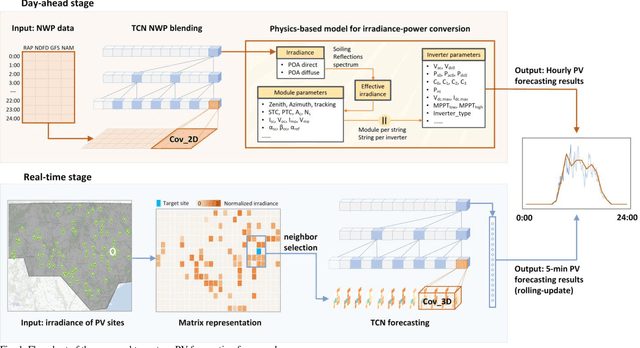
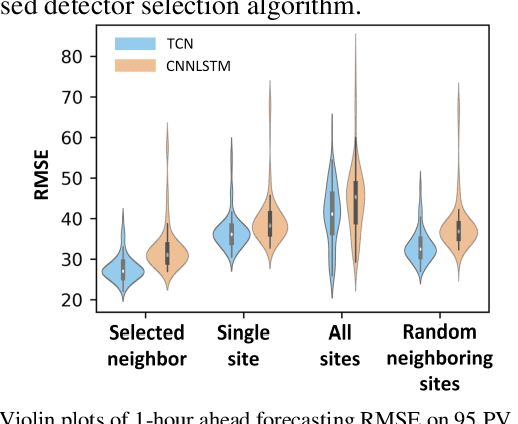
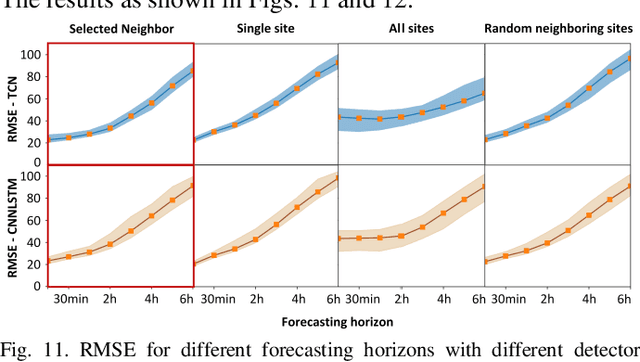

Abstract:This paper proposes a two-stage PV forecasting framework for MW-level PV farms based on Temporal Convolutional Network (TCN). In the day-ahead stage, inverter-level physics-based model is built to convert Numerical Weather Prediction (NWP) to hourly power forecasts. TCN works as the NWP blender to merge different NWP sources to improve the forecasting accuracy. In the real-time stage, TCN can leverage the spatial-temporal correlations between the target site and its neighbors to achieve intra-hour power forecasts. A scenario-based correlation analysis method is proposed to automatically identify the most contributive neighbors. Simulation results based on 95 PV farms in North Carolina demonstrate the accuracy and efficiency of the proposed method.
ProfileSR-GAN: A GAN based Super-Resolution Method for Generating High-Resolution Load Profiles
Jul 18, 2021
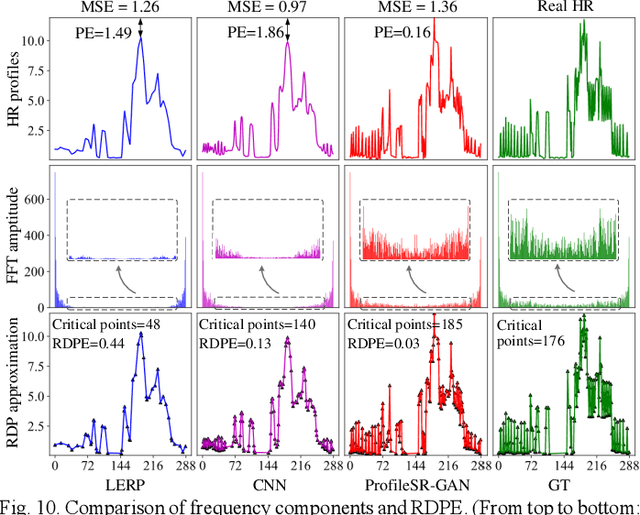
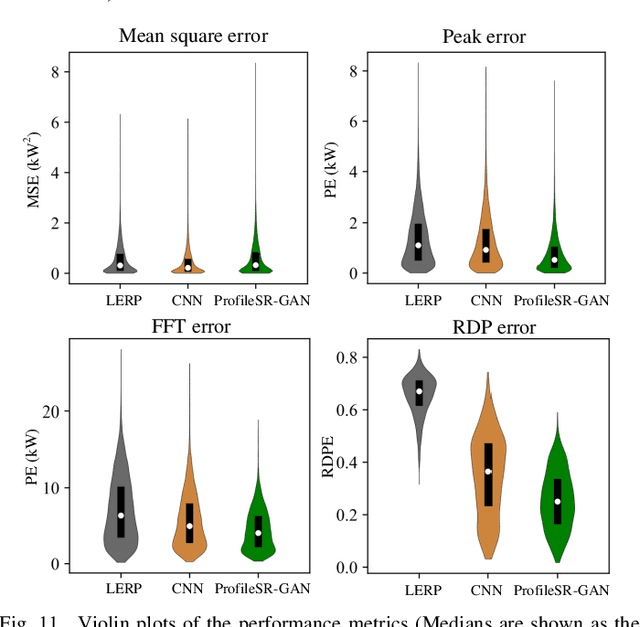
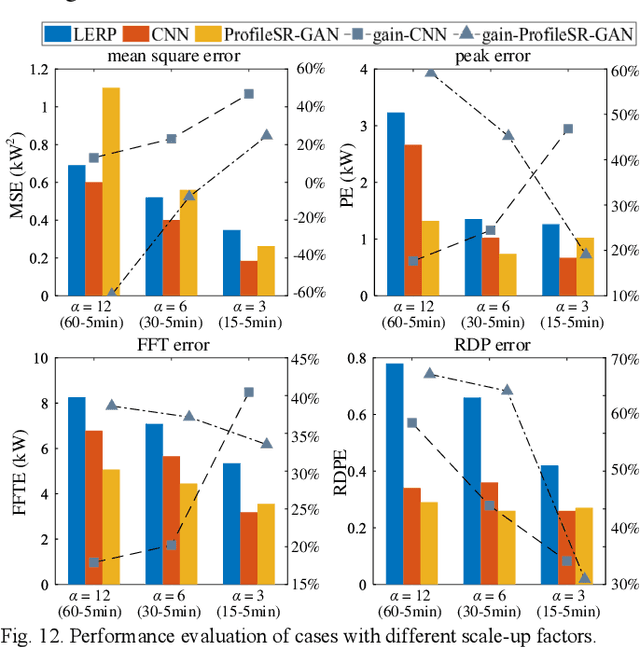
Abstract:It is a common practice for utilities to down-sample smart meter measurements from high resolution (e.g. 1-min or 1-sec) to low resolution (e.g. 15-, 30- or 60-min) to lower the data transmission and storage cost. However, down-sampling can remove high-frequency components from time-series load profiles, making them unsuitable for in-depth studies such as quasi-static power flow analysis or non-intrusive load monitoring (NILM). Thus, in this paper, we propose ProfileSR-GAN: a Generative Adversarial Network (GAN) based load profile super-resolution (LPSR) framework for restoring high-frequency components lost through the smoothing effect of the down-sampling process. The LPSR problem is formulated as a Maximum-a-Prior problem. When training the ProfileSR-GAN generator network, to make the generated profiles more realistic, we introduce two new shape-related losses in addition to conventionally used content loss: adversarial loss and feature-matching loss. Moreover, a new set of shape-based evaluation metrics are proposed to evaluate the realisticness of the generated profiles. Simulation results show that ProfileSR-GAN outperforms Mean-Square Loss based methods in all shape-based metrics. The successful application in NILM further demonstrates that ProfileSR-GAN is effective in recovering high-resolution realistic waveforms.
A Meta-learning based Distribution System Load Forecasting Model Selection Framework
Sep 25, 2020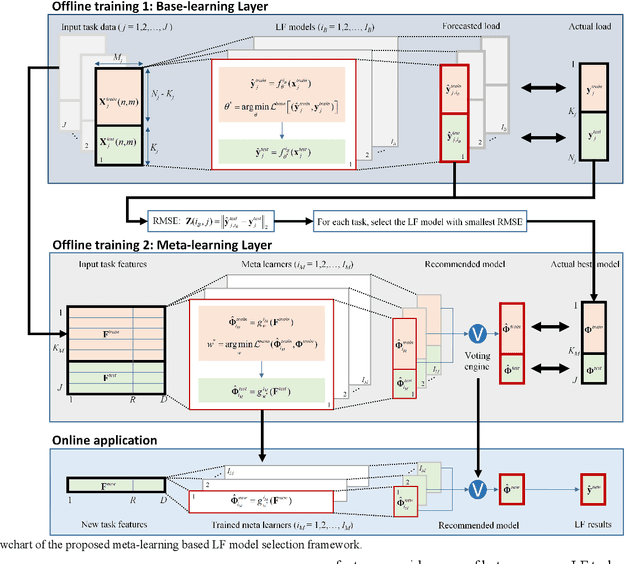
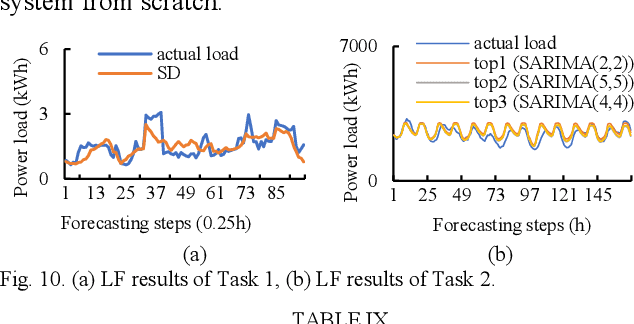
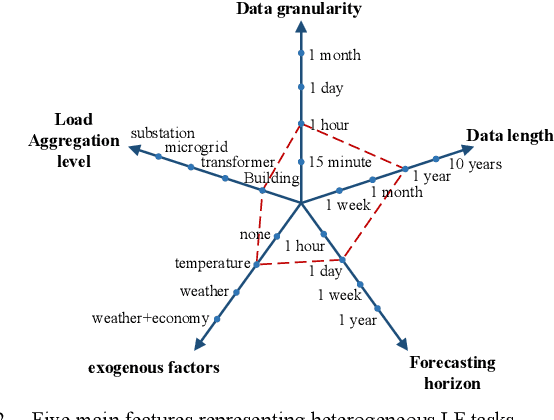
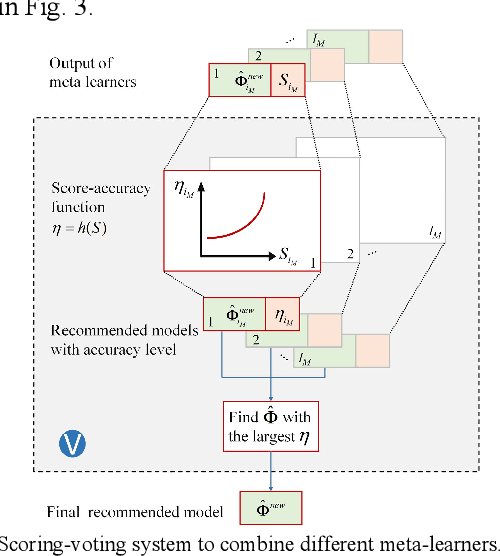
Abstract:This paper presents a meta-learning based, automatic distribution system load forecasting model selection framework. The framework includes the following processes: feature extraction, candidate model labeling, offline training, and online model recommendation. Using user load forecasting needs as input features, multiple meta-learners are used to rank the available load forecast models based on their forecasting accuracy. Then, a scoring-voting mechanism weights recommendations from each meta-leaner to make the final recommendations. Heterogeneous load forecasting tasks with different temporal and technical requirements at different load aggregation levels are set up to train, validate, and test the performance of the proposed framework. Simulation results demonstrate that the performance of the meta-learning based approach is satisfactory in both seen and unseen forecasting tasks.
 Add to Chrome
Add to Chrome Add to Firefox
Add to Firefox Add to Edge
Add to Edge